Dr Tamara Hunter
Get to know me in 1 minute
Channel 9
I'm often asked on Channel 9 to talk about all types of medical topics. Watch all videos here.
My Story
Committees
King Edward Memorial Hospital ROM Society president: 2008-2009
T&A Committee Western Australia: 2011
Fertility Society of Australia: member 2012-present
Australian Gynaecological Endoscopy Society: 2012-present
Royal Australian and New Zealand College of Obstetrics and Gynaecology: Fellow 2012-present
Australian and New Zealand Society of Reproductive Endocrinology and Infertility: 2017-present
Australian and New Zealand Society of Paediatric and Adolescent Gynaecologists: 2017-present
Qualifications
Papers
Huilin T, Hunter T, Hu Y, Zhai SD, Sheng X, Hart RJ. Cabergoline for preventing ovarian hyperstimulation syndrome. The Cochrane Library. DOI:10.1002/14651858.CD008605
Raval A, Hunter TJ, Stuckey B, Hart R. Statins for women with polycystic ovary syndrome not actively trying to conceive. The Cochrane Library. DOI: 10.1002/14651858.CD008565.pub2
Hunter TJ, Byrnes MJ, Nathan E, Gill A & Pennell CE. (2012) Factors influencing survival in previable preterm premature rupture of membranes. Journal of Maternal Fetal and Neonatal Medicine. 25(9): 1755-61.
Hunter T & Hart R. (2009) Endoscopic surgery for female infertility: A review of current management. Australian and New Zealand Journal of Obstetrics and Gynaecology. 49: 588-593.
Ong MJ, Guelfi KJ, Hunter TJ, Wallman KE, Fournier PA, Newnham JP. (2009) Supervised, Home-Based Exercise May Attenuate The Decline In Glucose Tolerance In Obese Pregnant Women. Diabetes and Metabolism. 35(5): 418-421. (Basis for NH&MRC Grant application 2010)
Hunter TJ, Maouris P & Dickinson J. (2009) The prenatal detection and conservative management of a partial fundal uterine dehiscence. Fetal Diagnosis and Therapy 2009;25:123-126.
Books
Hunter TJ & Hart R. (2013) Polycystic Ovary Syndrome and the Metabolic Syndrome. In Hollins-Martin C, van der Akker, O, Martin C, Preedy VR. (eds). Handbook of Diet and Nutrition in the Menstrual Cycle, Conception and Fertility. (publication pending).
Presentations
Hunter TJ, Walls, M, Ryan J, Junk S, Yeap D, Hart R. (2012) Characteristics of patients who underwent IVM in an Australian centre.
FSA 2012, Auckland New Zealand – Best Clinical Presentation – Winner BFS Prize.
Hunter TJ, Byrnes MJ, Nathan E, Gill A & Pennell CE. (2008) Prediction of outcomes in extreme preterm premature rupture of membranes (PPROM).
PSANZ Conference 2008, Gold Coast Queensland – Best New Scientific Investigator.
Society for Gynecological Investigation, Glasgow, Scotland 2009 – poster presentation.
Rising Stars Symposium, Women’s and Infants Research Foundation, October 2009 – invited presentation.
Hunter TJ & Olds T. (1996) Steroid users vs non-users: Socio-psychological characteristics. Sports Medicine Australia Conference Australia 1996
